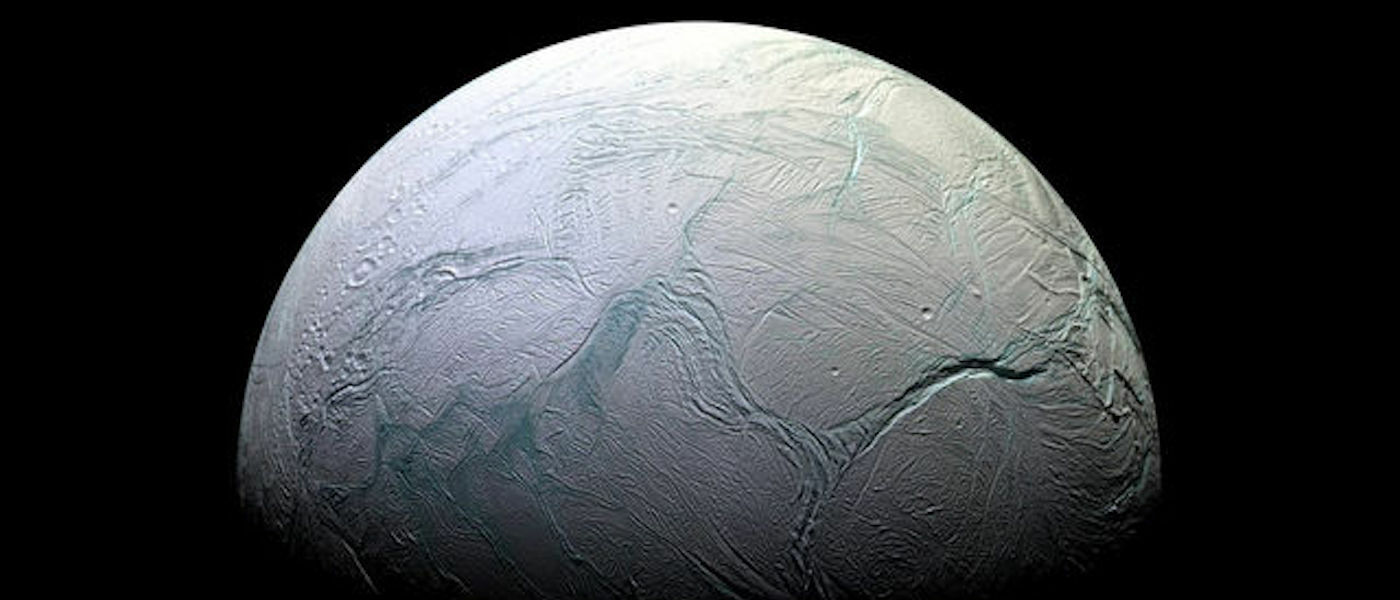New discovery on Saturn’s moon Enceladus suggests building blocks of life

Do the ingredients for life as we know it exist in places other than Earth? A new discovery from NASA’s Cassini spacecraft suggests more evidence that the answer might be “yes”!
Cassini stopped orbiting Saturn in 2017, but it gave us so much data that even though the mission has ended, there is still plenty to discover. Now – thanks to Cassini’s data – scientists have announced the discovery of new types of organic compounds in plumes erupting on the southern pole of Saturn’s moon Enceladus. These organic compounds are similar to ingredients found on Earth!
A bit of background info: It is thought that Enceladus is home to a massive subsurface ocean of liquid water underneath its icy crust. In this new study, scientists looked at the material that Enceladus ejects from its core. The material mixes with the subsurface ocean, and is emitted as water vapor and tiny chunks of ice.
Now, scientists have found organic molecules condensed onto the ice chunks and which contain oxygen and nitrogen. Similar compounds on Earth are key ingredients in the chemical reactions that form amino acids, which are considered to be essential to the formation of proteins that make life possible. On Earth, hydrothermal vents on the ocean floor helps to fuel these amino acid forming reactions.
These new findings have led scientists to suggest that perhaps something similar is happening on Enceladus – and could potentially be aiding in the creation of amino acids on the distant moon.
"If the conditions are right, these molecules coming from the deep ocean of Enceladus could be on the same reaction pathway as we see here on Earth," said Nozair Khawaja, who led the research team from the Free University of Berlin. "We don't yet know if amino acids are needed for life beyond Earth, but finding the molecules that form amino acids is an important piece of the puzzle."
Cassini keeps coming through with new discoveries! What more do you think we’ll learn from Saturn and its moons in the near future?
Interested in space stories like this one? Catch a show in LSC’s Jennifer Chalsty Planetarium, the biggest planetarium in the Western Hemisphere. Click here for showtimes and to see what’s playing.
